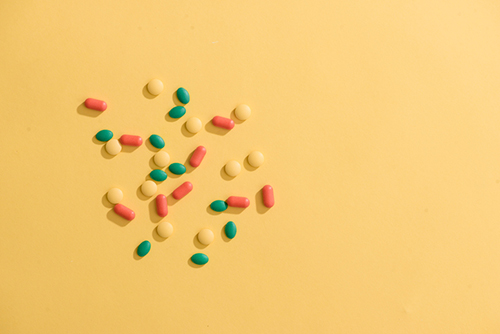Over the last decade, opioid abuse has had a devastating impact on families across the country, and the crisis shows no signs of slowing down. There are 144 drug overdose deaths per day in the United States, and 63% of those deaths are related to pharmaceutical opioids or heroin.
Nearly one in five teens say they have used prescription medicine at least once in their lifetime to get high. As a parent or caregiver, you can help support your child and stop the deadly cycle of heroin use and opioid pill misuse.
Take the time to learn more about the epidemic and how to recognize warning signs. Then, open up lines of communication with your child and others in your community.
Fact or Misconception
Increased media coverage has led to many myths and misconceptions about opioid misuse and abuse. It’s important to separate myths from truths when talking to your tweens and teens.
Myth: Prescription opioids are safer than “street drugs” because physicians prescribe them all the time.
Truth: “Street drugs” and prescription opioids frequently have the exact same addictive properties and some Rx drugs can even be worse.
Myth: There is an “addiction” gene that controls who does and does not become addicted.
Truth: Genetic factors might make some people more sensitive to the effects of a drug. However, many factors determine the likelihood that someone may become addicted to a drug. This includes both inherited and environmental factors.
Myth: The use of pain medication will always lead to addiction.
Truth: In most cases, when taken according to prescription instructions, pain medication is safe. It is important to discuss the prescription thoroughly with a doctor. If a patient needs long-term pain relief, it might be better to look at other options than to risk opioid addiction.
Know the Signs
Although each case is different, there are common signs of potential opioid misuse and abuse in children and teenagers. These include:
- Negative changes in grades. Are your child’s grades suddenly dropping after a long record of academic success?
- Skipping classes or school. Do you no longer know what your child is doing during the school day?
- Dropping longtime friends. Have your child’s friends suddenly changed?
- Loss of interest in usual activities. Does your child no longer seem interested in their favorite activities?
- Changes in appearance. Has your child developed an uncharacteristic lack of concern for grooming or hygiene?
- Changes in general behavior, including sleeping and eating habits. Has a normally energetic child become listless, or a laid-back child become unusually excitable?
Of course, the explanation for a sudden or unexpected change could have nothing to do with drugs. Each person is different, and the same behavior in different teens may have very different causes.
Trust your instincts; after all, you know your child best. If something does not seem right, ask questions, investigate, and—if necessary—seek professional help.
The DEA has joined forces with Discovery Education to create a comprehensive, no-cost program to combat opioid misuse. Find virtual field trips, parent resources, English and Spanish language standards aligned K-12 tools, and a national peer-to-peer video challenge at OperationPrevention.com.
From Operation Prevention: Parent Toolkit. Copyright © 2017 Discovery Education. All rights reserved. Discovery Education is a Division of Discovery Communications, LLC.





